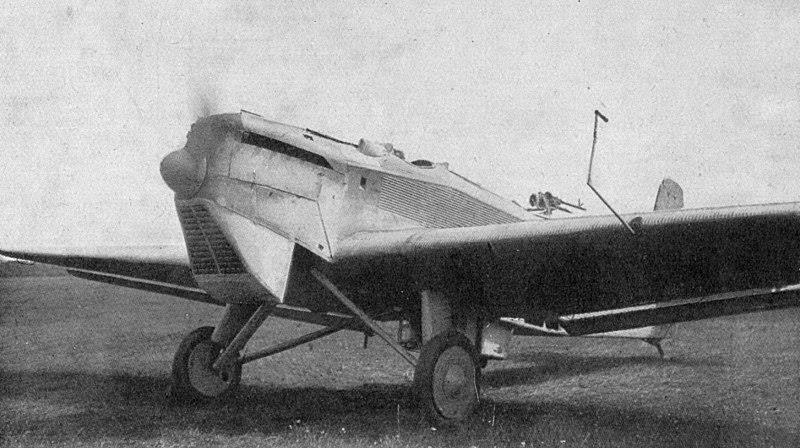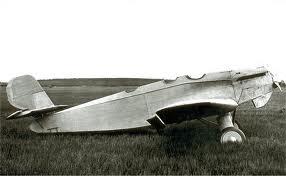The Junkers A 32 was a mail plane built in prototype form in Germany in the late 1920s, and later developed as a prototype reconnaissance-bomber under the designation K 39. The design was a conventional low-wing cantilever monoplane with fixed tailskid undercarriage. Construction was metal throughout, with corrugated duralumin skin. Three open cockpits were provided in tandem; the third seat intended from the outset to accommodate a tail gunner for a military version of the aircraft. In fact, the militarised version developed in Sweden by AB Flygindustri featured a fourth crew position as well, for a bombardier. This version featured twin machine guns built into the engine cowling, and a trainable machine gun for the tail gunner.
The A32 prototype was first flown during 1926. It was equipped with the new BMW VI engine. Later this engine was changed with the Junkers L55. So the A32 became the first aircraft, which was equipped with a V-engine. Just two A32s were built and used by Junkers for experimental flights with the new L55 engine. None of these aircraft could be sold. On November 2nd 1927, Karl Plauth, one of Junkers' most dynamic engineers died during a crash of the A32 prototype, when he failed to perform a looping with this aircraft.
| Type |
3-seat mail plane |
| Engine |
1 BMW VI |
| Dimensions |
Length 11,10 m, height 3,38 m , span 17,80 m, wing area 41,0 m2 |
| Weights |
Empty 1860 kg , loaded 2725 kg |
| Performance |
Max. speed 220 km/h, cruising speed 185 km/h, service ceiling 6000 m, range 580 km |
| Type |
Werk.Nr |
Registration |
History |
| A 32ba |
J3100 |
|
First prototype was destroyed in a crash on 2 November 1927 that killed Junkers engineer Karl Plauth |
| A 32b |
J3101 |
D-1155 |
Modified to a K 39 |

